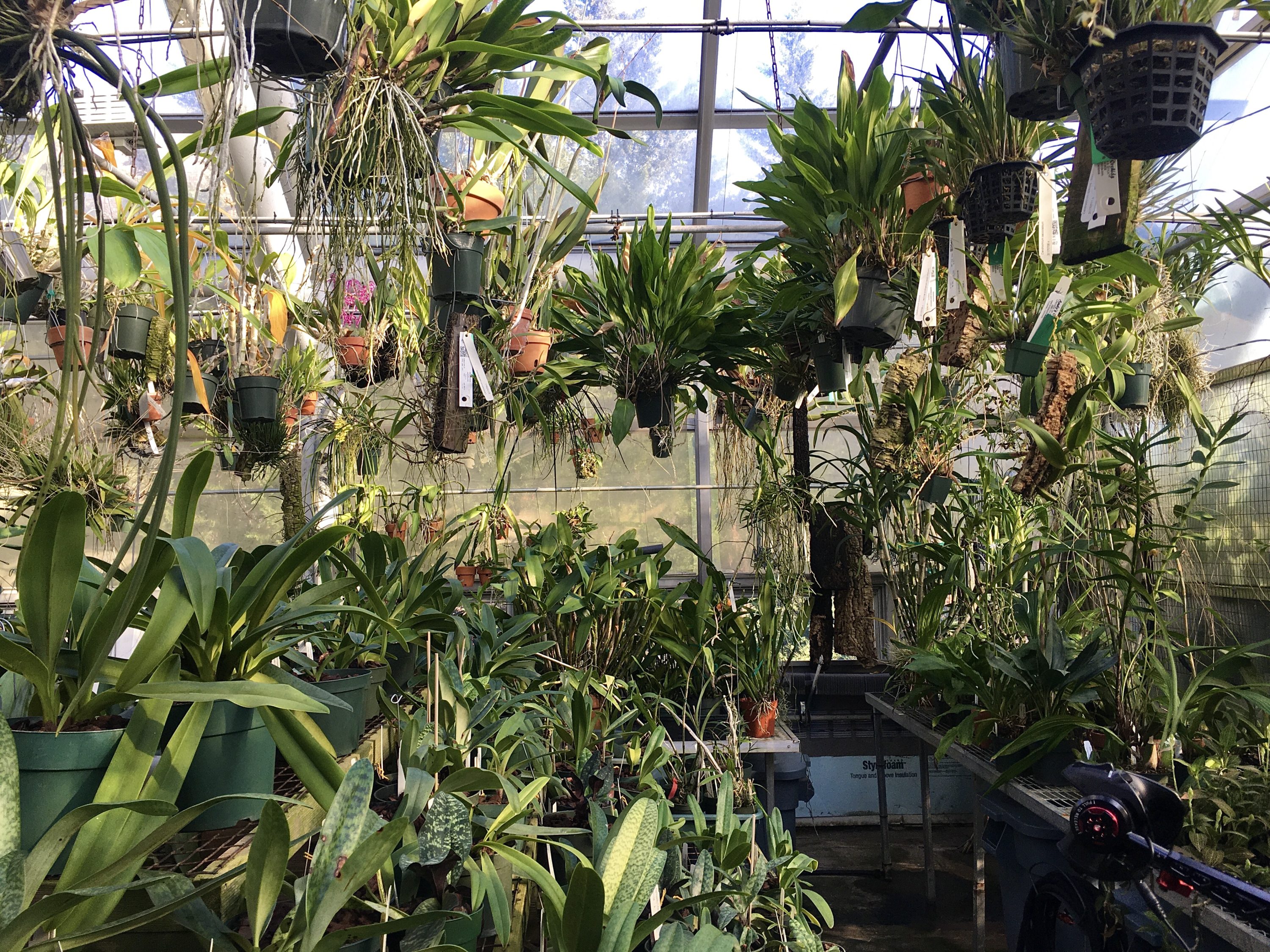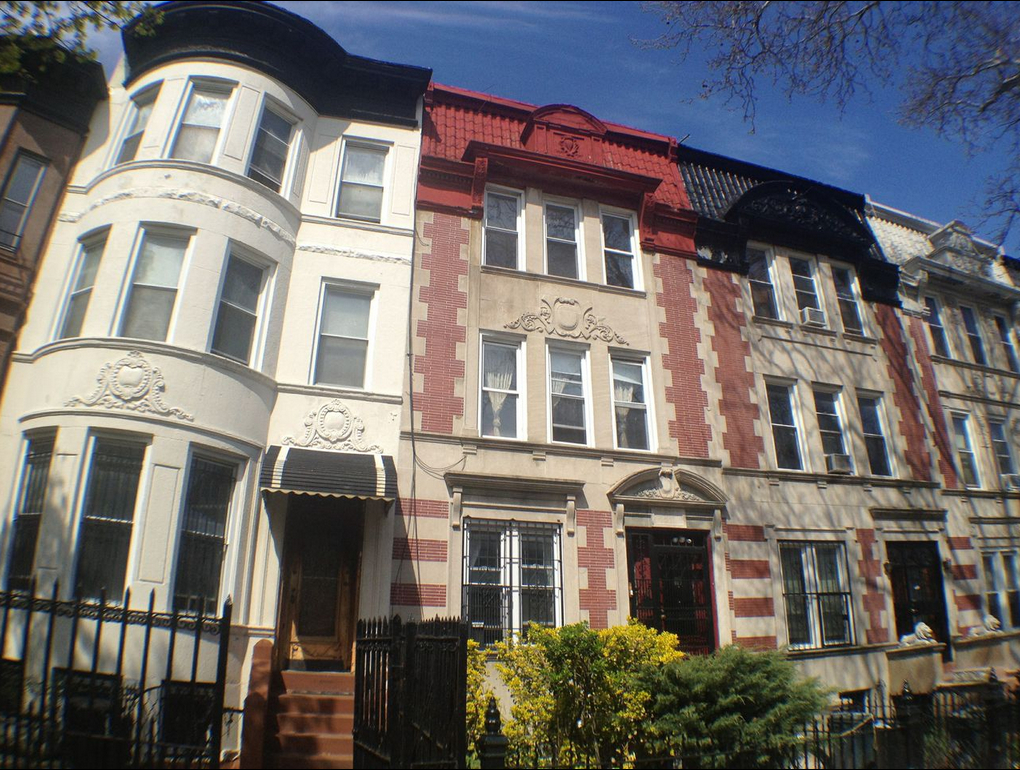Botanic Garden shows off the plants threatened by planned high-rises

About 300 concerned New Yorkers showed up to the Brooklyn Botanic Garden over the weekend to push back on high-rise development planned just 150 feet away.
The development in question is a pair of 39-story towers at 960 Franklin Ave. in Crown Heights. The towers’ shadows would harm thousands of plants in the garden’s greenhouses and conservatories, Botanic Garden President Scot Medbury told the crowd that gathered on Sunday. The meeting marked the launch of the famous 52-acre garden’s Fight for Sunlight 2020 campaign, which opposes the rezoning efforts by the developers behind the towers.
Medbury told participants at the kickoff that 21 garden facilities are at risk from the potential shadows. These include plant-propagation spaces that visitors never see, greenhouses used for the garden’s extensive education programs and pavilions with displays that are open to the public.
